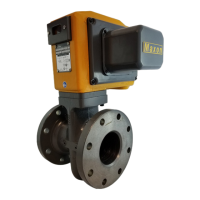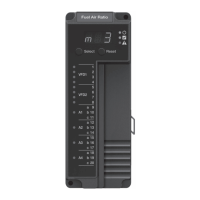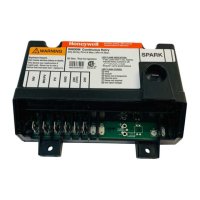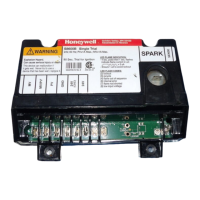SmartPAC 2 with WPC Integration 1126800
Introduction to SmartPAC 2 Chapter 1 page 11
Sensors Available for Optional DiProPAC
DiProPAC, the die protection option for SmartPAC 2, checks signals from sensors and sends
a stop signal to the press when it detects a malfunction. Sensors connected to SmartPAC 2
are mounted to the press or die to monitor what is happening in the dies.
Any electro-mechanical sensor can be used with SmartPAC 2 as long as it can switch
between an open state (sensor circuit to SmartPAC 2 open) and a closed state (sensor circuit
closed to ground or "grounded"). All types of NPN electronic sensors (proximity,
photoelectric, fiberoptic) can be used. Simple contact sensors and probes can be used as well.
If you have questions about whether a certain sensor will work with SmartPAC 2, do not
hesitate to contact Wintriss Controls.
Wintriss Controls makes or sells a wide range of sensors. Below are sensors which can be
connected to SmartPAC 2 with DiProPAC. Many sensors made by other manufacturers can
also be used. Detailed application information is available on Wintriss sensors listed below.
• Miniature fiberoptic photoelectric sensors—thru-beam and reflective types with
adjustable sensitivity detect objects as small as .0006 in. (.015 mm). Requires 12 to
24 VDC for power.
• Proximity sensors—miniature electronic sensors that detect metal objects passing in
front of the sensor barrel. Sensors have no moving parts and are not affected by water
or oil. Requires 12 to 24 VDC power source.
• Misfeed detectors—designed to monitor non-working spring loaded pilot punch
position, stripper position, or other material location applications.
• Short feed sensors—for contacting material at the fully advanced position.
• Overload sensors—for preventing expensive die damage due to overload from
slugging, material thickness variations, broken tooling, or other causes.
• Die overload sensors—designed to detect minor changes in shut height.
• Buckling sensor—for detecting material buckle
• End of material sensor—signals when material runs out.
• Probes—three types available for diverse applications.
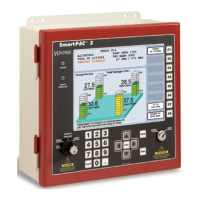
